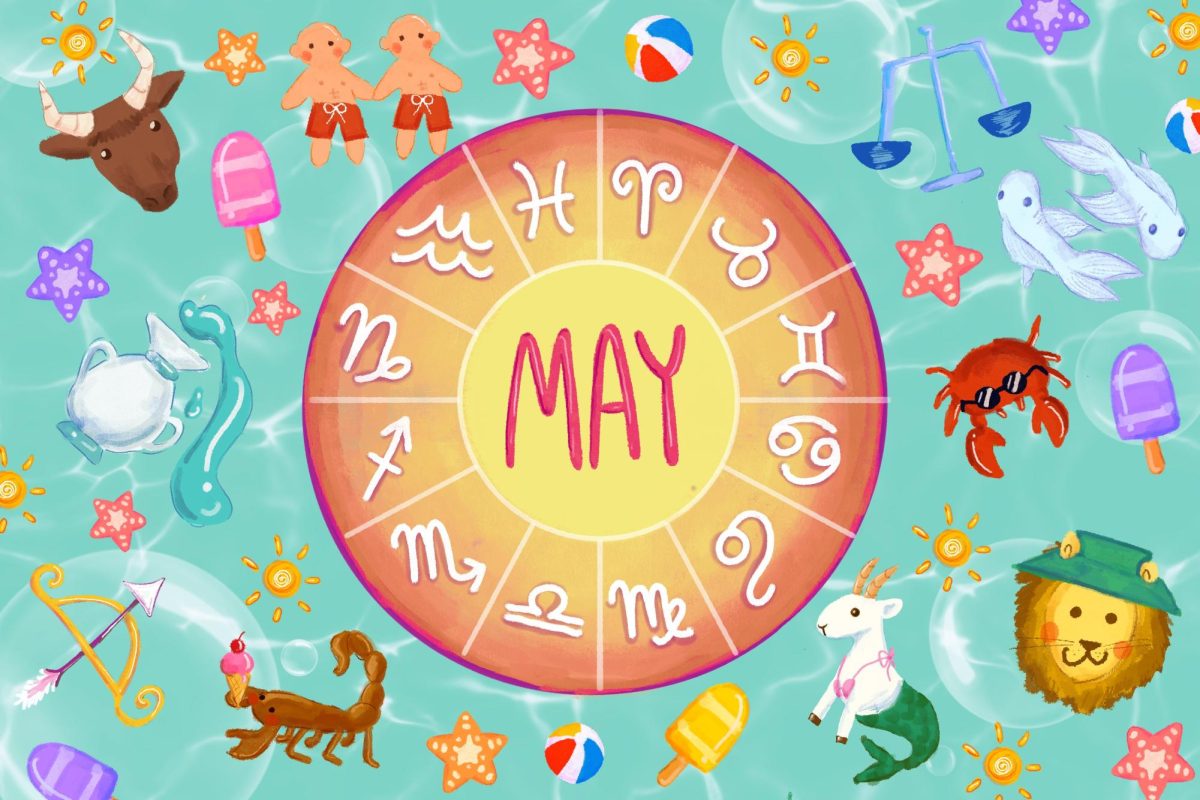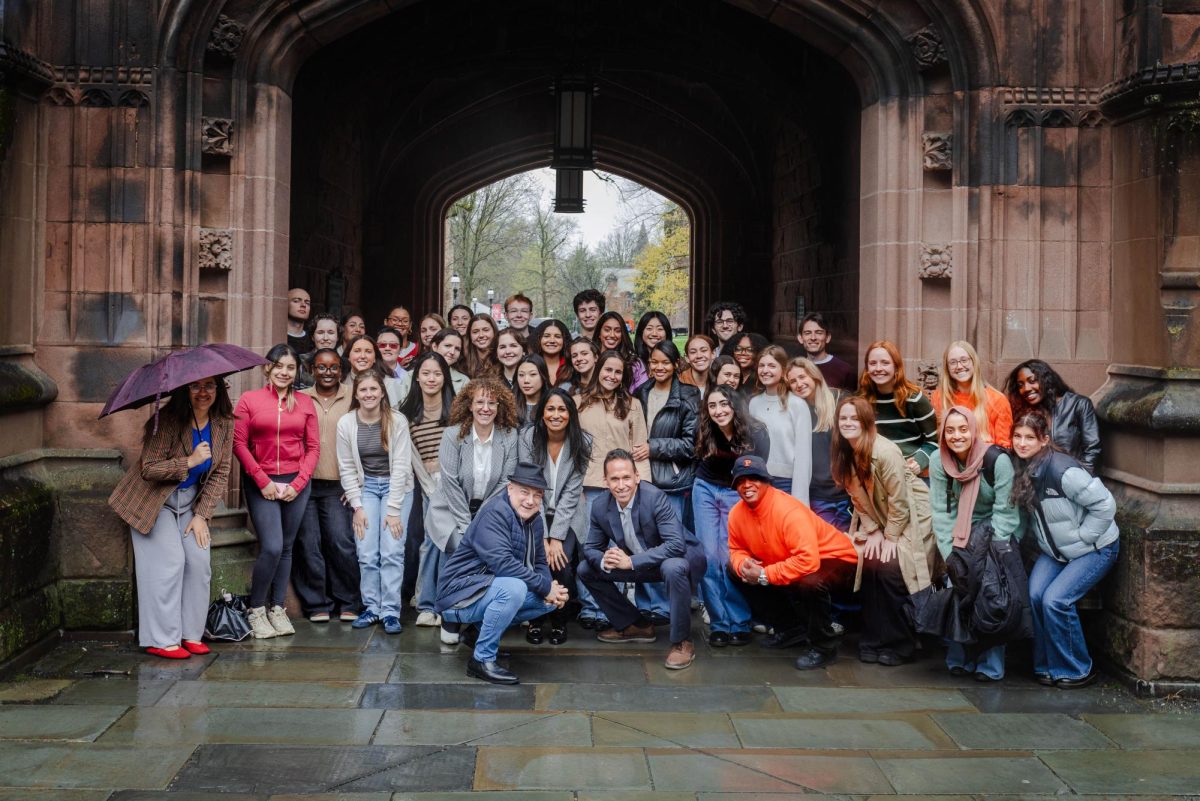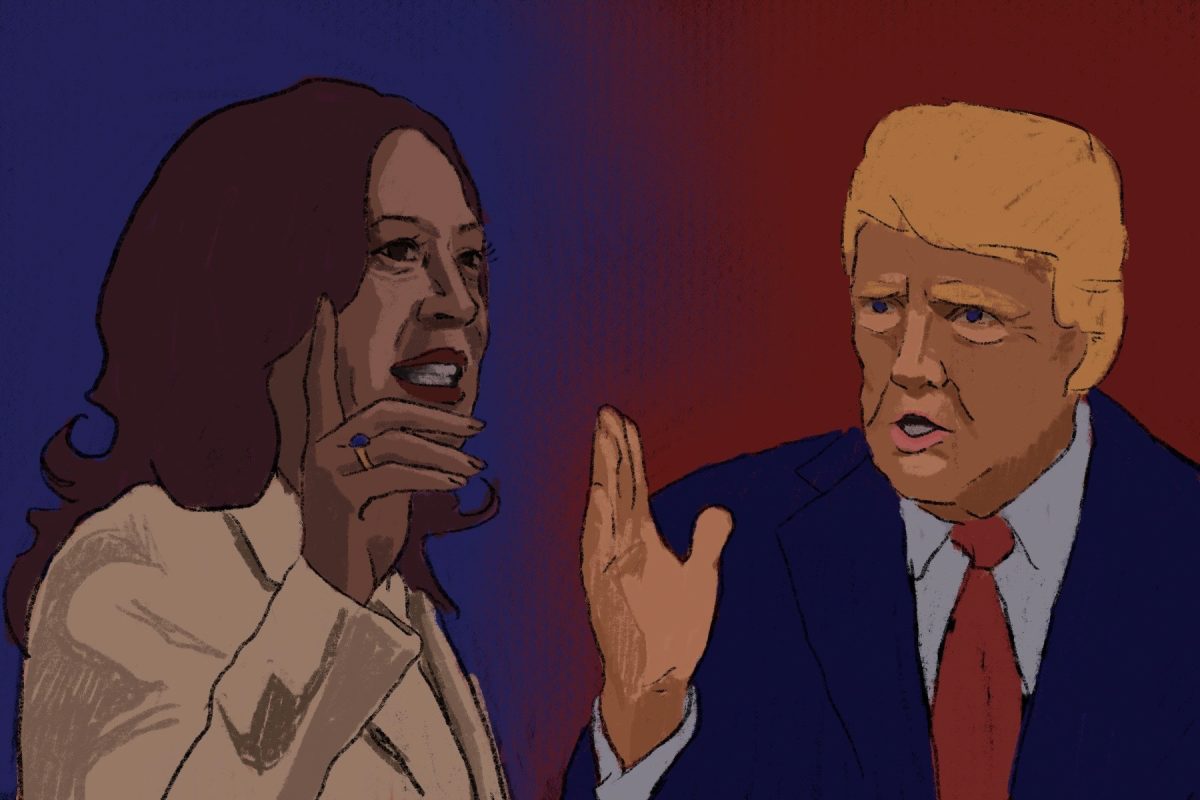Save the Earth; Shop Vintage?
L Train Vintage is a vintage chain store of 6 locations including Williamsburg, East Village, East Williamsburg, West Williamsburg, Bushwick, Gowanus.
October 31, 2017
History repeats itself, and fashion does as well. Over the past couple of years, vintage fashion has soared in popularity. First, there was a fusion of predominantly earthy colors and toned-down patterns representing elements of ‘60s and ‘70s trends all over store shelves, then there was a smooth transition into the more recent colorful and versatile clothing associated with the ‘80s and ‘90s. The good news is that the latter has millennials hooked on vintage shopping.
Nowadays, young people are posting pictures and short clips of themselves raiding thrift shops, making haul videos of vintage store purchases and even re-selling second-hand items on thrift sites like Depop and eBay. Based on this, it seems that vintage fashion is not going away anytime soon.
While there are several bonuses to shopping vintage, like finding pieces no one else has or spending less money on more unique items, there is one key benefit to buying vintage fashion that is not talked about as often as the others. That is, vintage shopping is an effective way of promoting sustainability. With all this negative chatter about the disadvantages of fast fashion and how it has the potential to be incredibly destructive in several arenas, opting to follow the vintage shopping trend is an alternative to the ever increasing stigma against fast fashion. Think about it — when you shop vintage, you are investing more into clothing that will endure the test of time. Furthermore, you are essentially recycling the pieces, and aiding the environment through the reduction of solid waste.
Unfortunately, shopping vintage because of its environmental benefits isn’t usually people’s motivation. Aesthetics are the main driving factor for enticing students attempting to reinvent their everyday looks by shopping for vintage clothing and accessories. The sustainability of this practice is unfortunately a second thought, or a reality that receives little attention. As a result, there has been a constant push — mainly online through social media campaigns and documentaries such as “The True Cost” — to educate young consumers about the benefits of green or slow fashion. These campaigns encourage shoppers to consider how they can play an important role in promoting sustainability while making fashionable purchases. Now more than ever, shoppers are transforming into conscious consumers, opting for sustainable fashion that upholds environmental and fair-trade ethics. With recent pushes away from major retailers following practices, hopefully customers will take note of their sustainable motives and adopt them as their own.
In summation, vintage fashion is a two-in-one deal. It offers shoppers an opportunity for individuality as well as a sense of compassion for the environment, factory workers in less than satisfactory conditions and so much more. Sustainability is the future of fashion and, ironically, vintage fashion is a reminder from the past to teach us this very progressive lesson.
Email Sherah Ndjongo at [email protected].

























































































































































